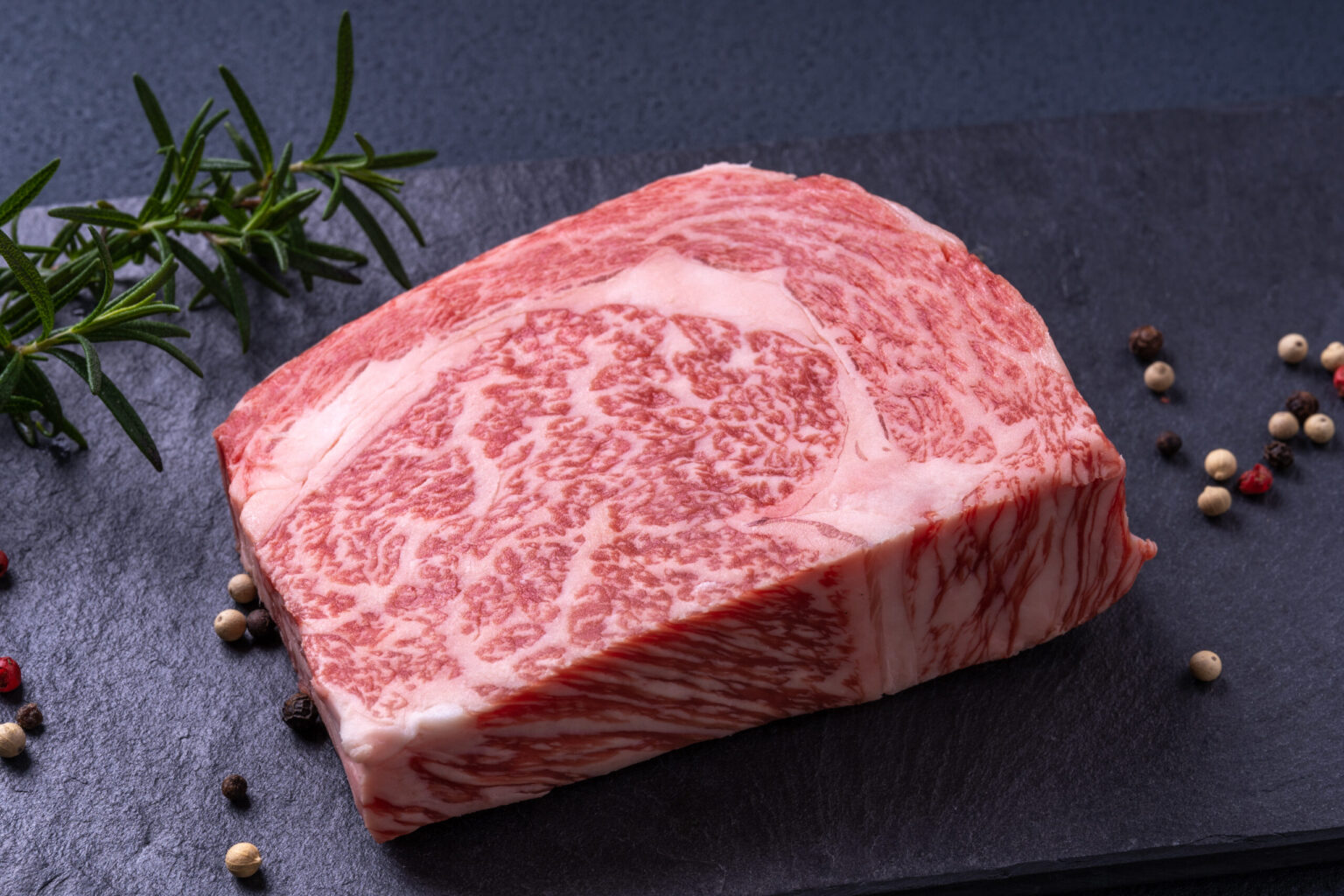Have you ever wondered what makes some beef varieties fancier than other meaty options? If you’re wondering, “Why is Wagyu beef so expensive?” you’re not alone. Let’s get into it!
Rare Breeds
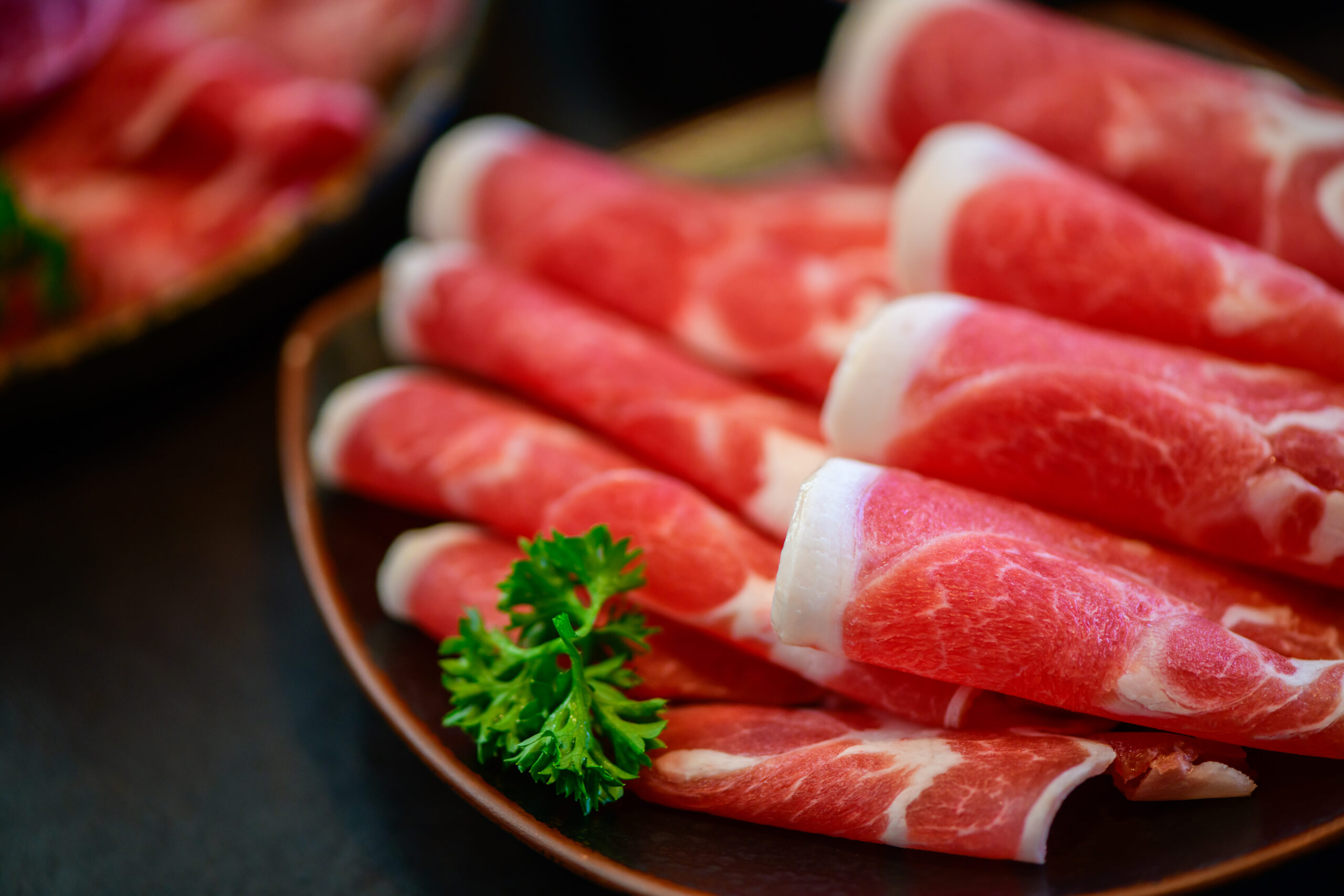
The first reason Wagyu can come with a hefty price tag is its rarity. Wagyu cattle originate from Japan, and they’re actually pretty unique.
A “Wagyu” can be one of several breeds known for their uniquely tasty characteristics. Most important is their ability to develop marbling.
These breeds most famously include Kobe, Matsusaka, and Ōmi cattle. A very limited number of authentic Wagyu cattle are available at any given time.
Genetics
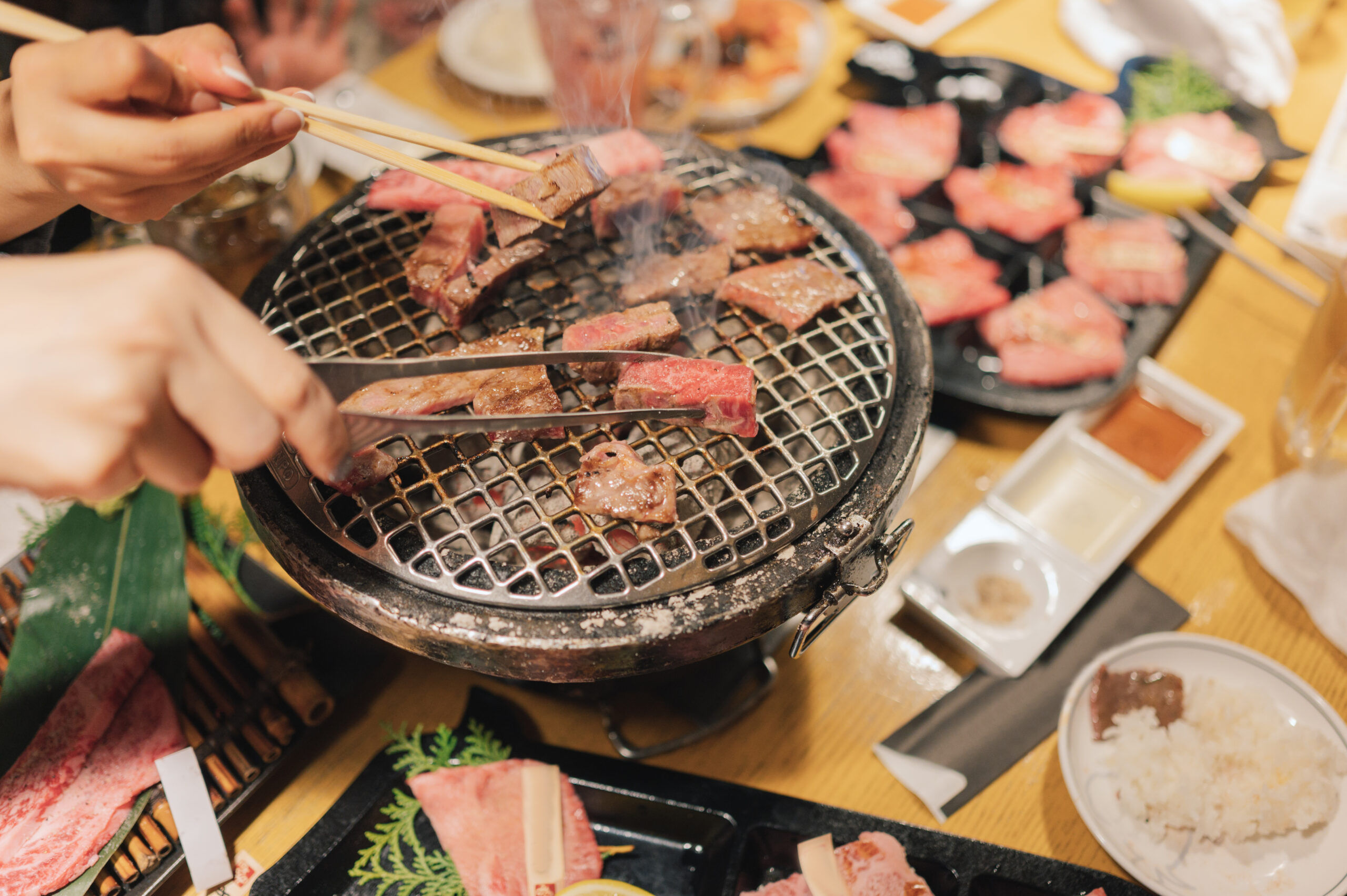
Wagyu beef’s tastiness isn’t just a matter of opinion. It’s science. Cattle ranchers basically hit the genetic lottery with this particular type of beef.
Actually, it wasn’t a lottery because Wagyu beef cattle have been meticulously bred through selective breeding. It’s a process that started in the 2nd century!
Over the centuries, regional isolation and selective breeding practices led to the development of these distinct cattle breeds. That’s a lot of work for a piece of beef!
Feeding Regime
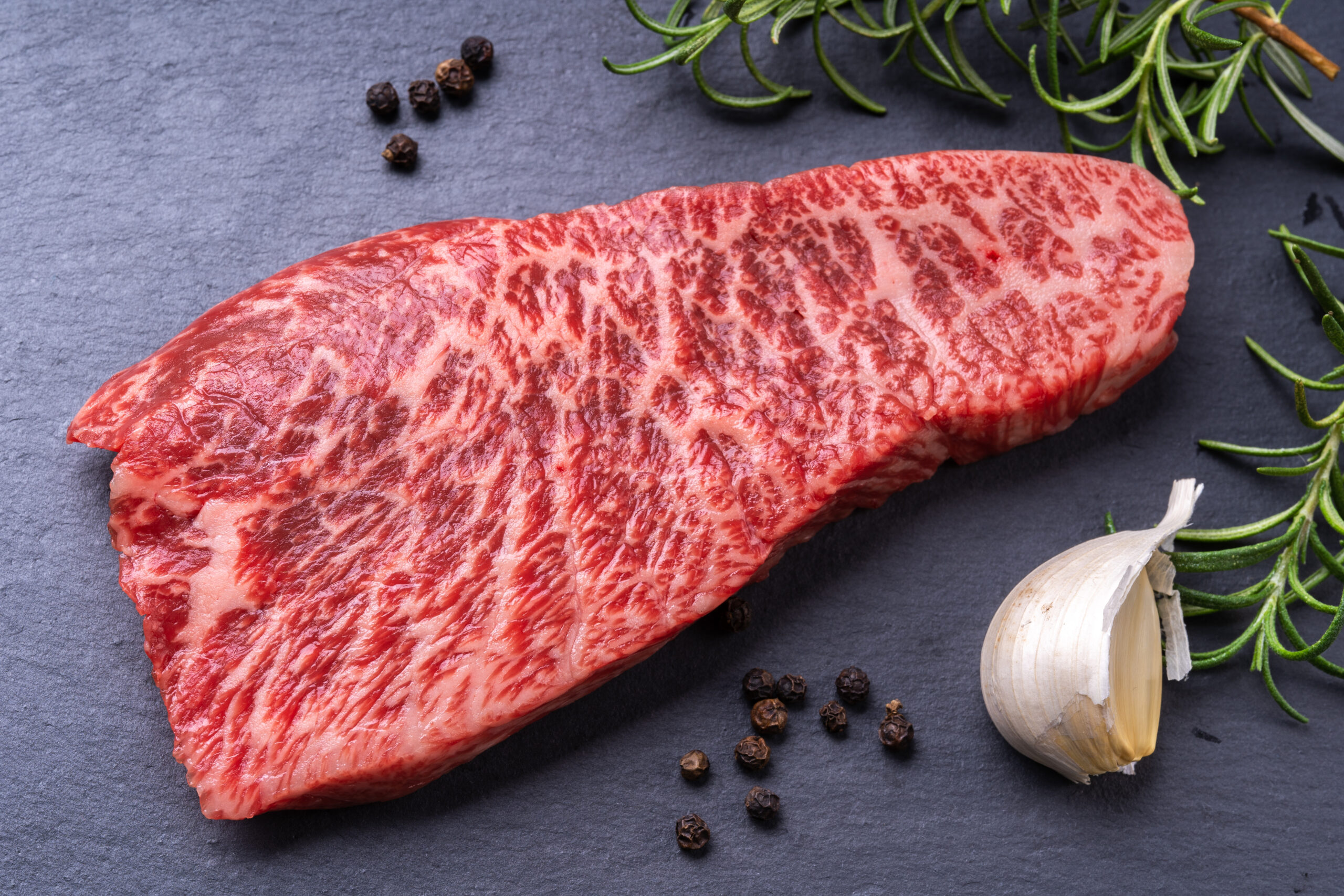
Aside from its impressive genetic profile, Wagyu beef also commands a hefty price tag because of its specialized feeding regime. It’s enough to make us slightly jealous.
Unlike other cattle, Wagyu are typically fed a diet that could rival that of a trendy vegan hotspot. They live on high-quality grains like wheat and rice.
These grains are sometimes combined with grass to ensure a well-rounded diet. This regime is meticulously calculated to optimize the Wagyu’s flavor and deliciously fatty marbling.
Long Feeding Period
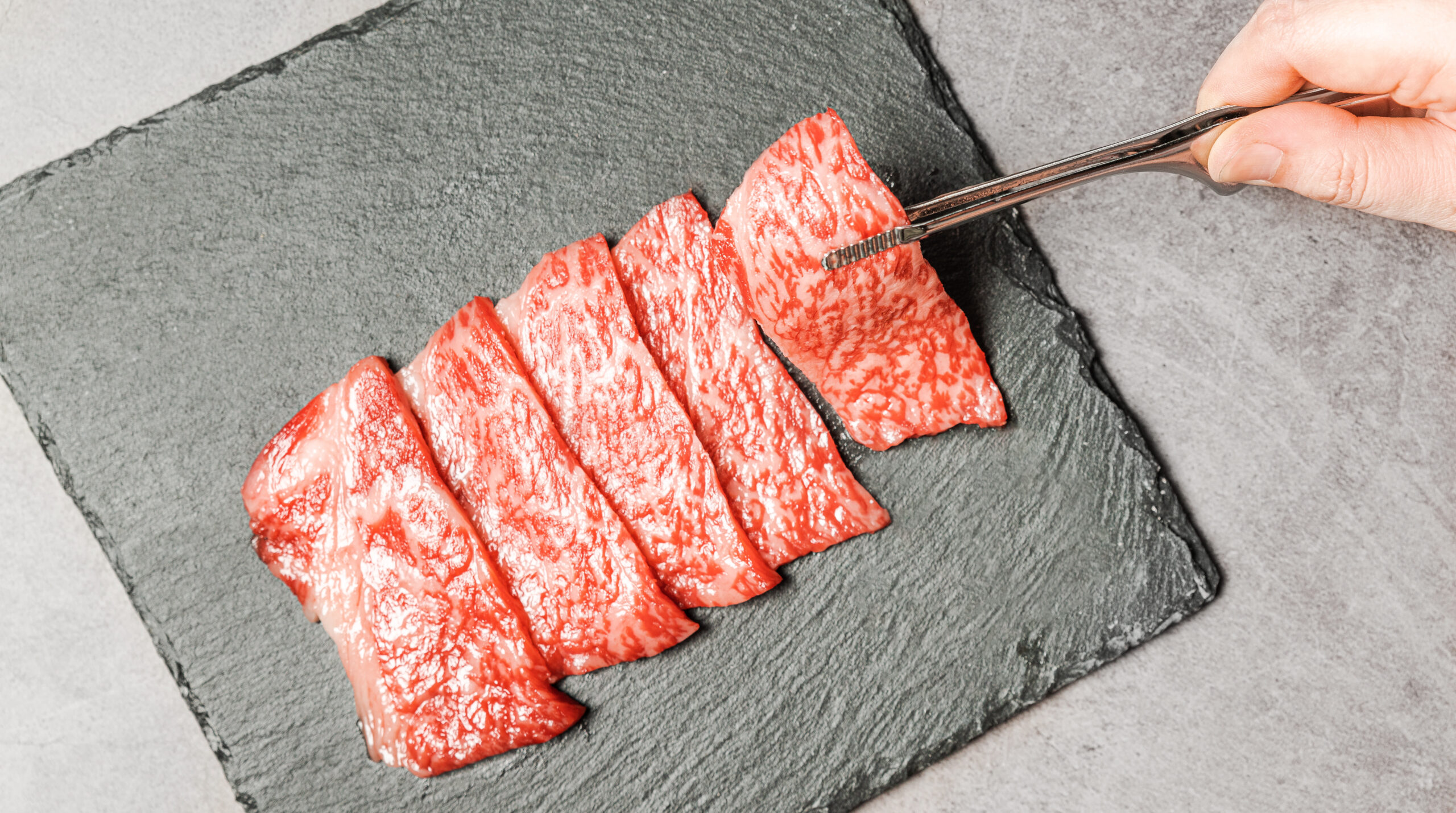
It’s not just about what these VIP cattle eat; it’s also about how long they feed. Wagyu cattle are generally raised and nurtured into ripe adulthood.
Normal beef cattle are typically raised for about 15 to 18 months before they go to the big pasture in the sky. What about Wagyu?
Well, Wagyu cattle are fed for 26 to 36 months. This gives them plenty of time to develop, but it also costs the cattle rancher significantly more.
Marbling
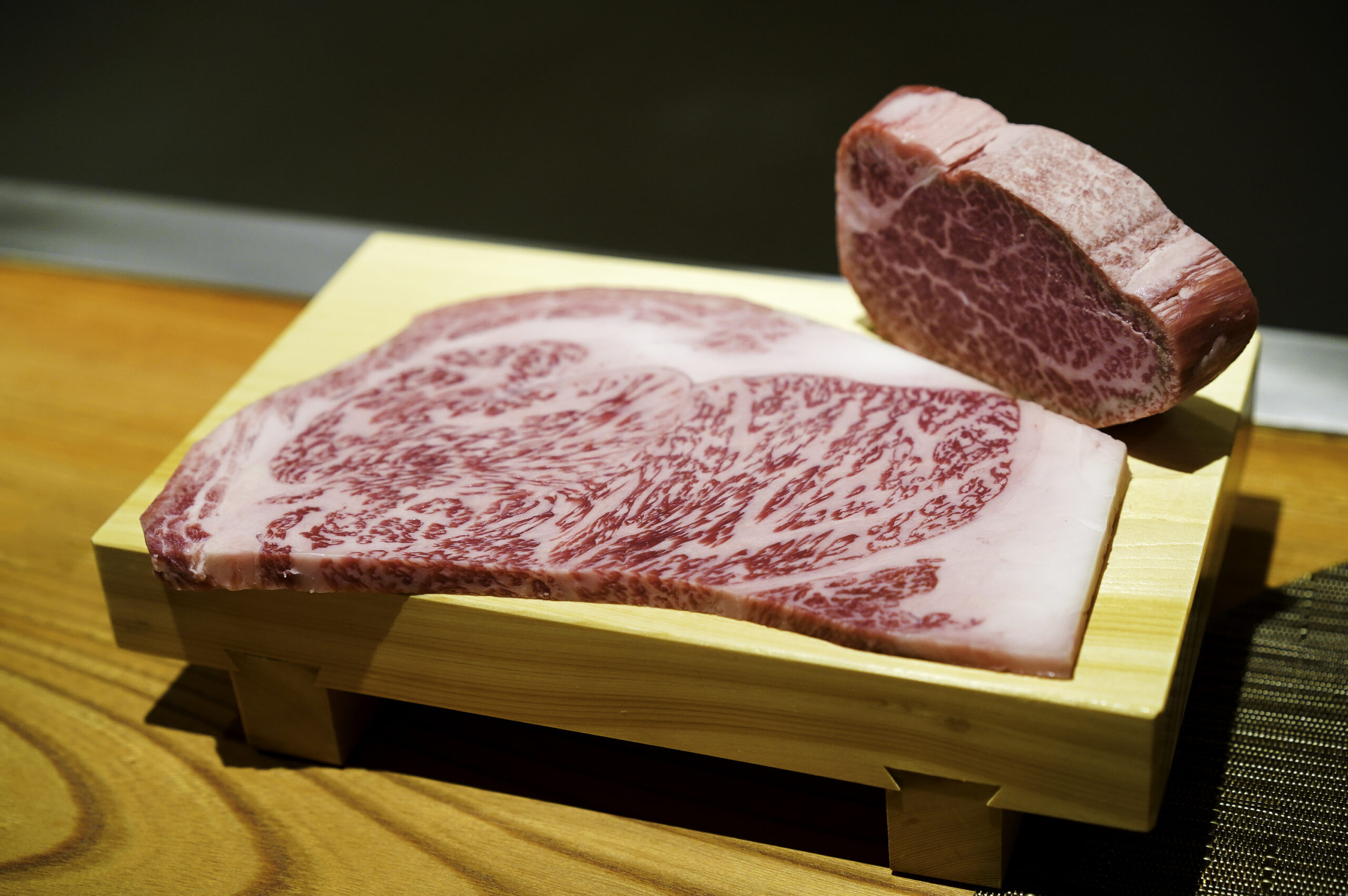
As we’ve touched on a bit, marbling is basically what all of the fuss is about when it comes to Wagyu. Marbling is the star of the show.
What’s marbling? It refers to the streaks of fat distributed throughout the muscle of the beef. Marbling is what gives beef its signature flavor, tenderness, and juiciness.
In Wagyu cattle, this marbling goes beyond what you see in standard beef—it’s richer and more evenly spread out, creating a stunning, web-like pattern across the meat.
Labor Intensive
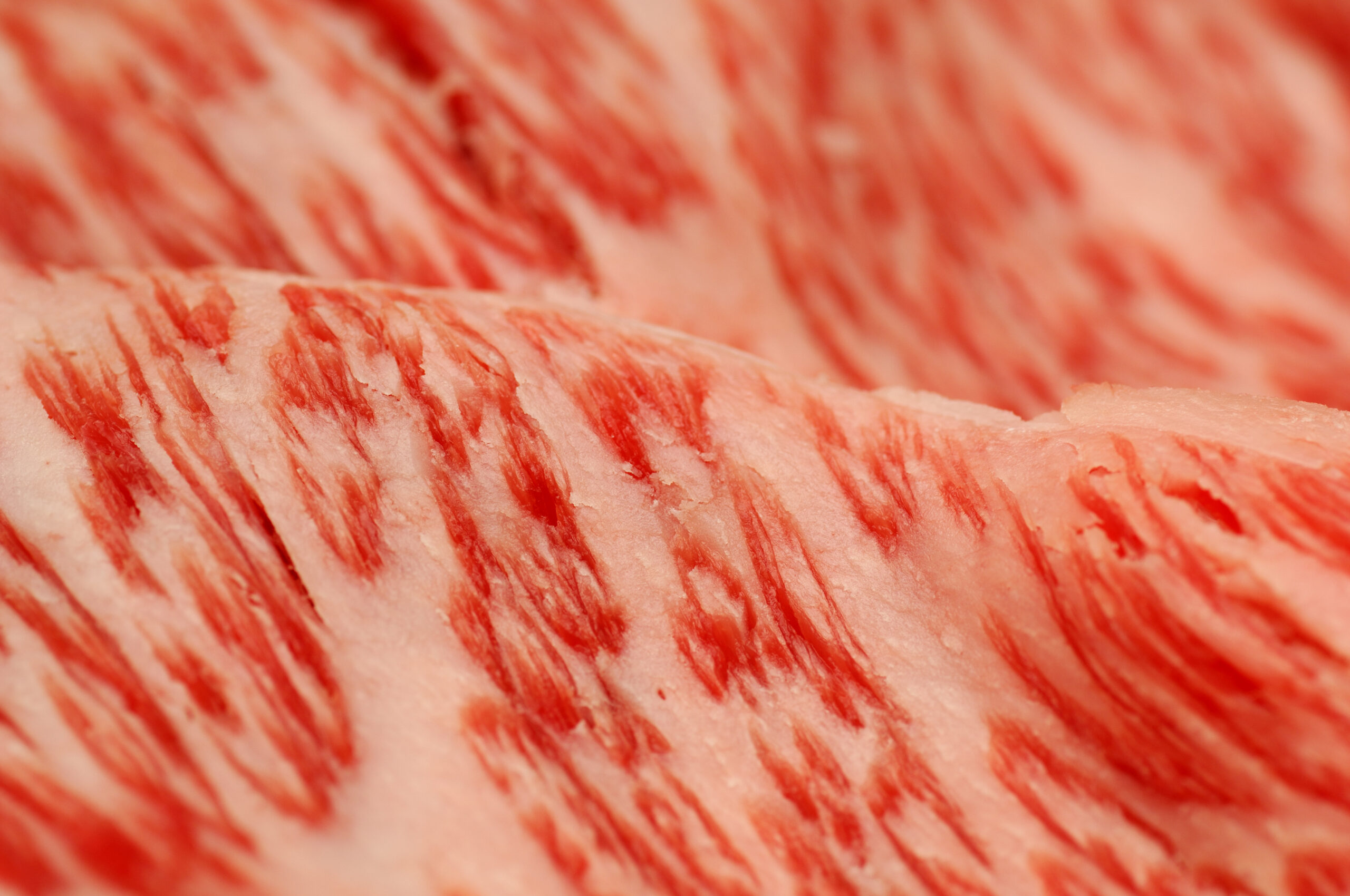
Raising Wagyu beef is definitely a labor of love, which only adds to its steep price tag. The process is much more labor-intensive than that of ordinary beef cattle.
Cattle ranchers invest major time into ensuring that each Wagyu cattle lives in the best conditions possible. That includes monitoring everything from feed to stress levels.
The process of tracking and ensuring the quality of the Wagyu’s lineage also involves tons of documentation and planning, all of which takes time.
Limited Quantity
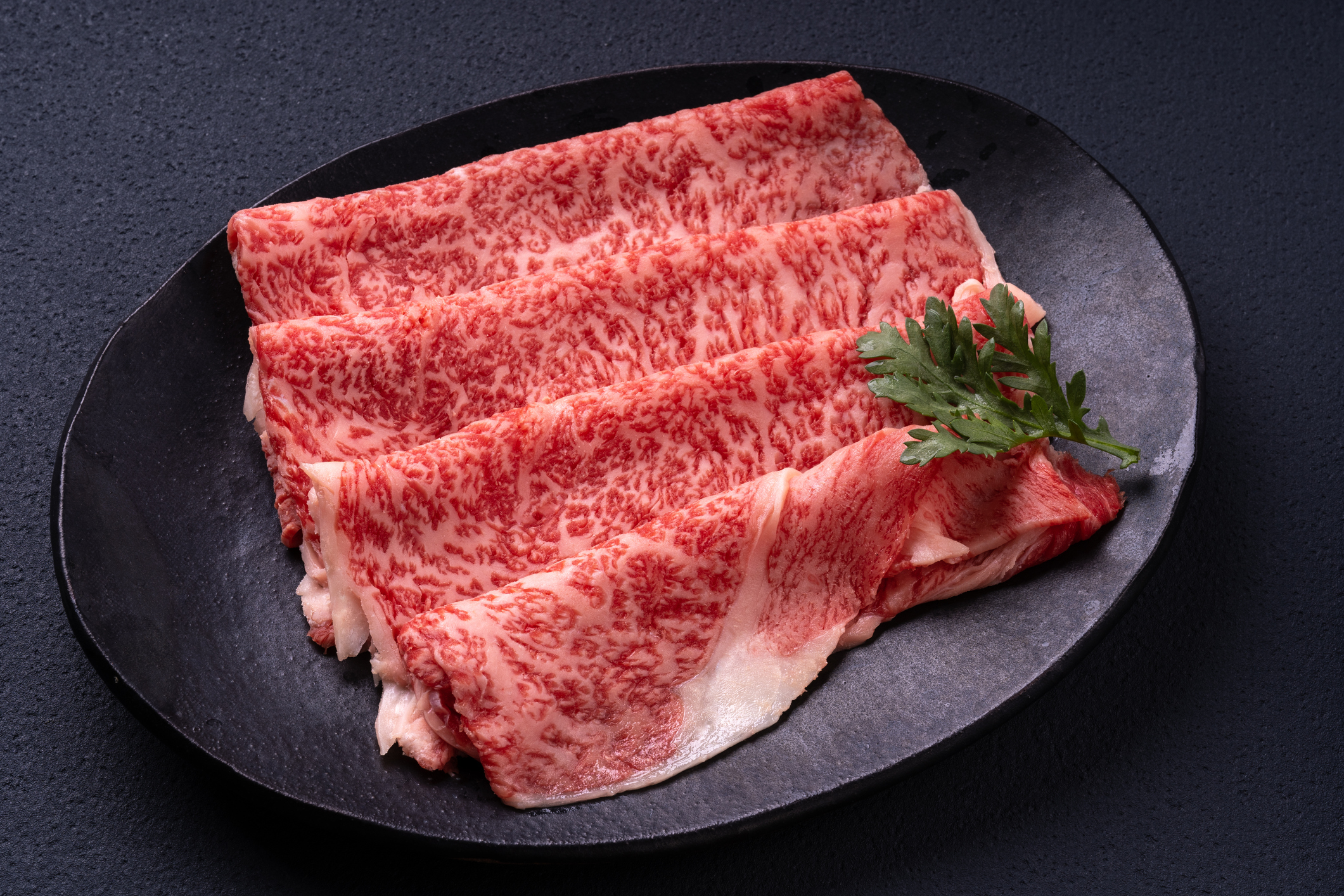
Let’s take it back to Intro to Economics for a second to remember the principles of supply and demand. Low supply plus high demand equals higher price.
While other beef varieties can be produced relatively easily, Wagyu beef cattle are raised in much smaller numbers. Each cattle takes more time and energy to raise.
This scarcity is only worsened by the fact that there are high standards for Wagyu beef. Only a few thousand cattle make the cut every year.
Import Restrictions
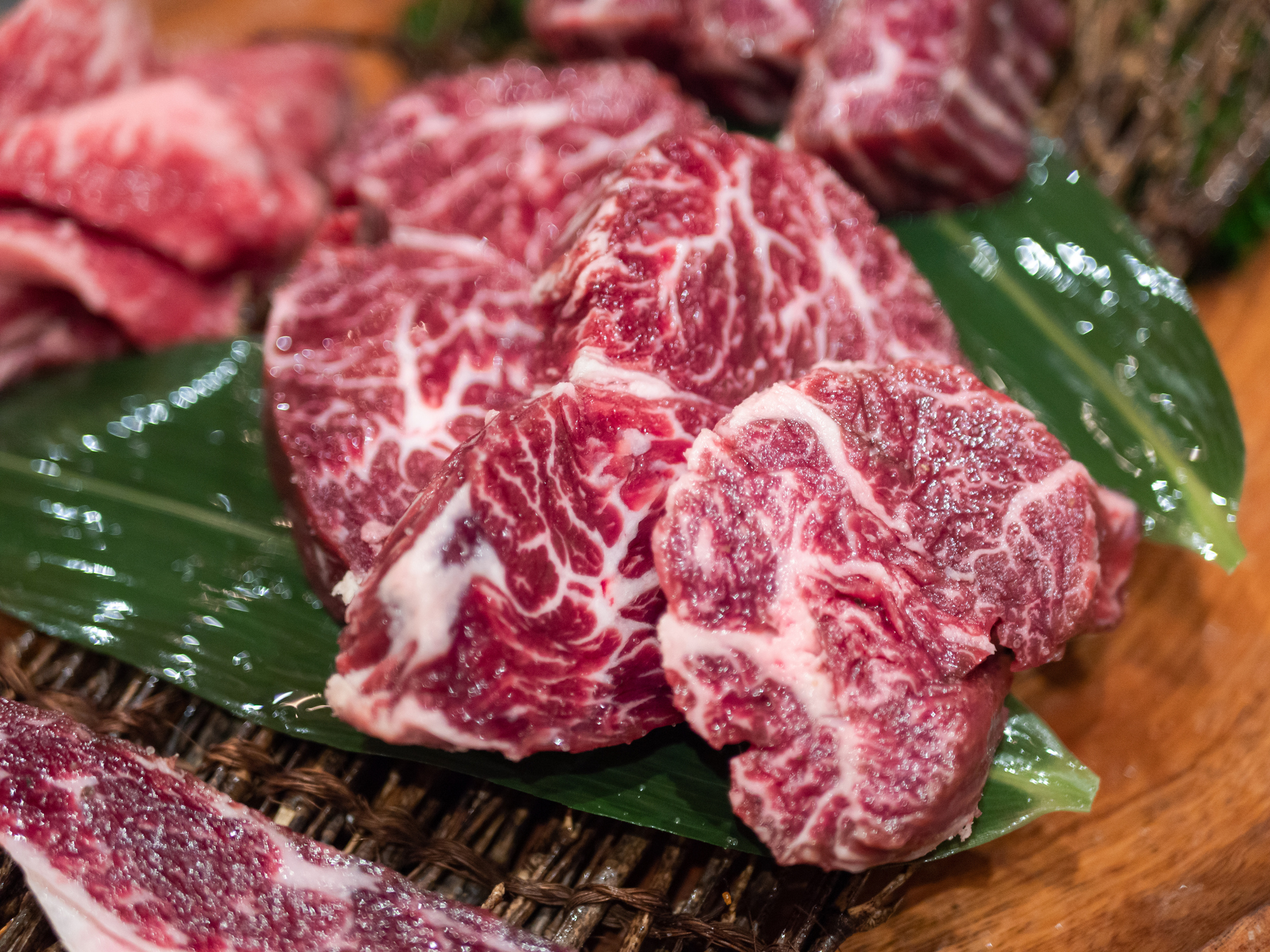
The quality of Wagyu beef isn’t just subjective. There are actually rules and regulations about what can be sold as Wagyu. They also limit the quantity of Wagyu.
Only a certain amount of Wagyu beef can be exported from Japan each year. This helps maintain the quality and the prestige of Wagyu beef.
Countries importing Wagyu beef also have their own sets of rules, which complicates matters. These are essential for food safety, but they limit our Wagyu supply.
High Demand
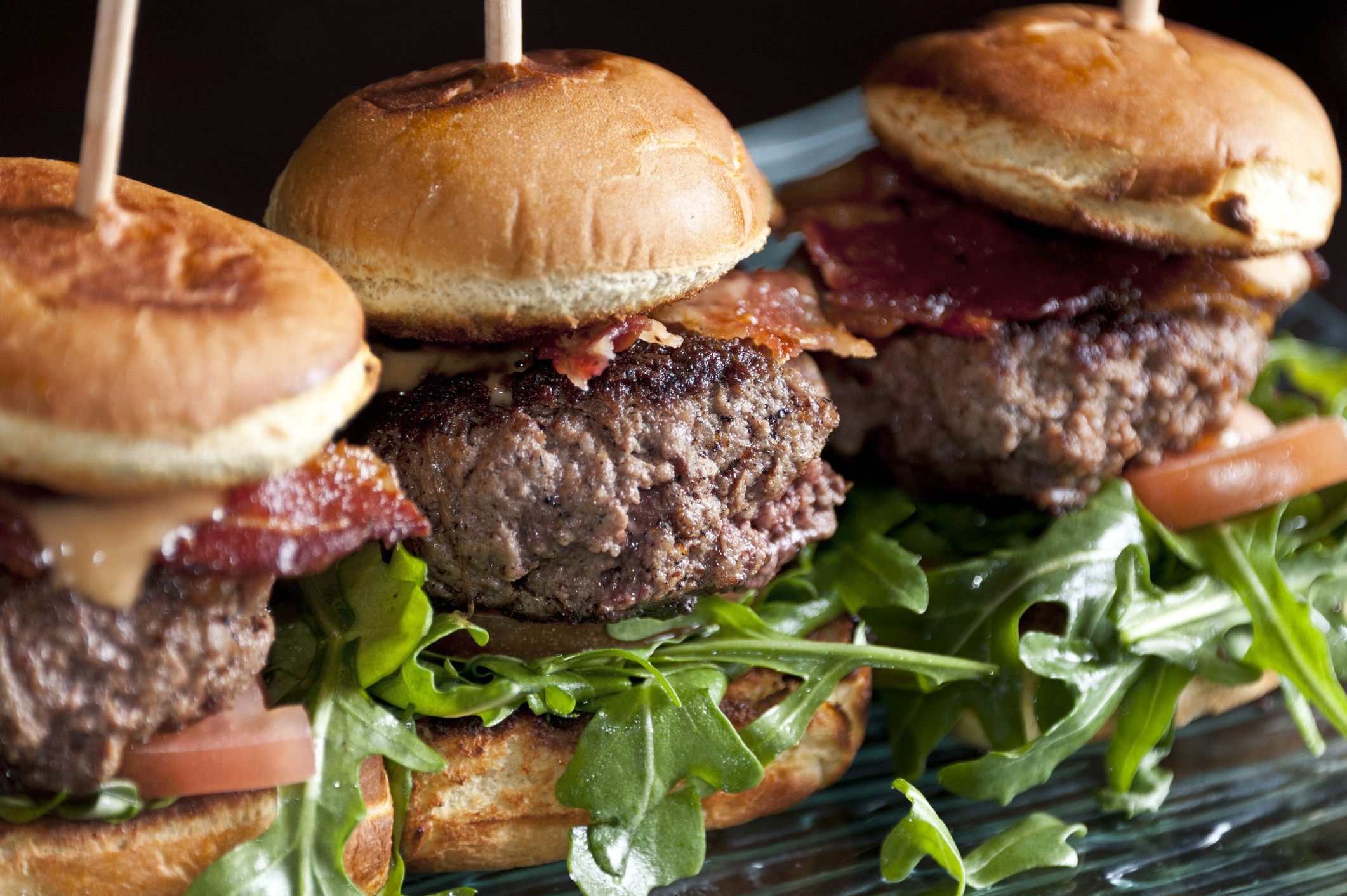
High demand is another key ingredient in the recipe for Wagyu beef’s high price. Globally, food enthusiasts, top chefs, and luxury diners all vie for a taste.
As the reputation of Wagyu beef as a premium product has grown, so has people’s eagerness to include it on menus and in home kitchens around the world.
This strong demand, combined with the limited supply due to rigorous breeding standards, meticulous care, and strict import regulations, naturally drives up the price.
Breeding Restrictions
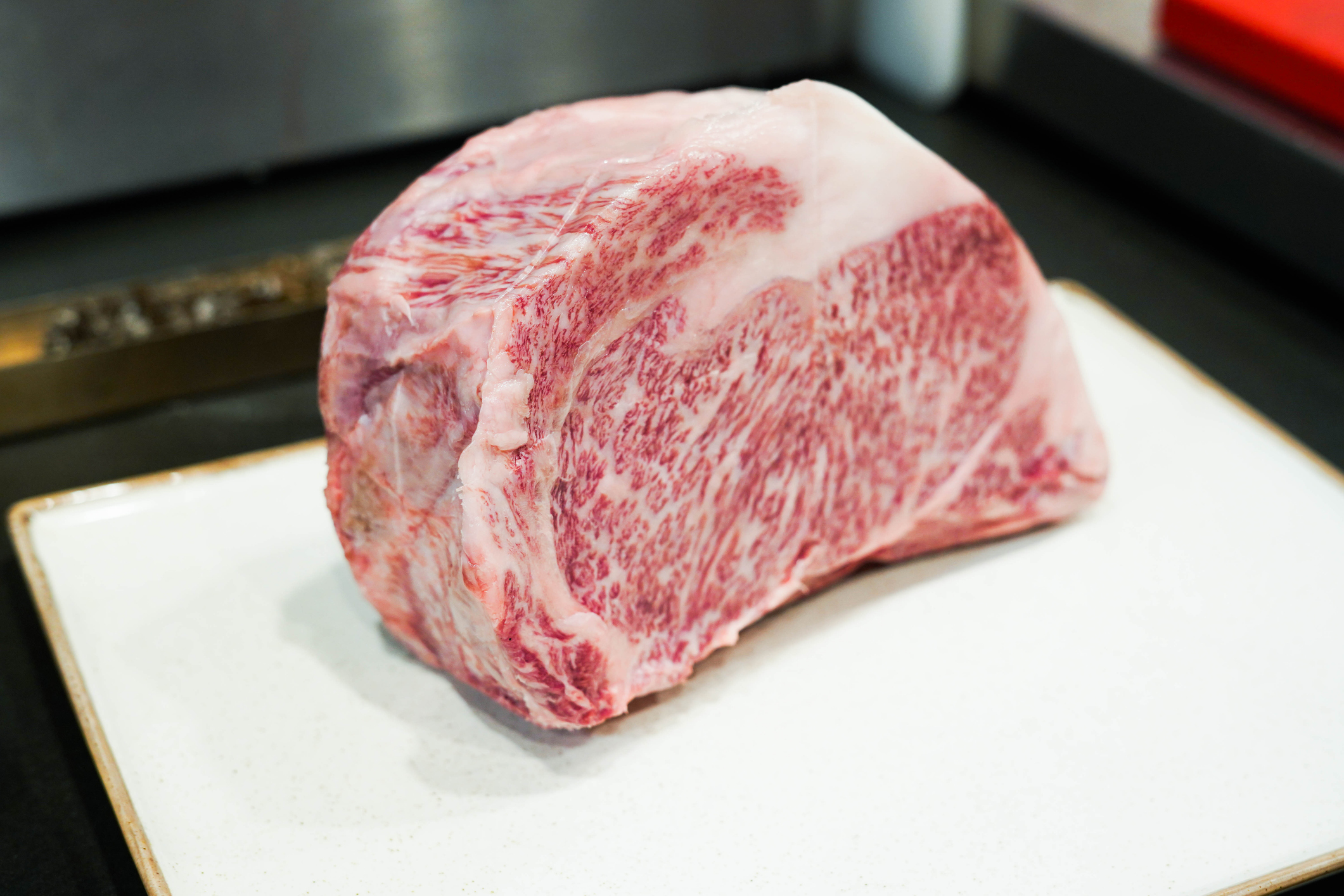
Breeding restrictions significantly contribute to the high cost of Wagyu beef as well. In Japan, the breeding of Wagyu cattle is highly controlled to maintain its quality.
These restrictions ensure that only genetically certified Wagyu bulls and cows are bred. This helps maintain the Wagyu’s unique characteristics, such as superior marbling and flavor.
These strict protocols also limit the number of breeders who can produce Wagyu cattle. The result? The supply of Wagyu beef stays low and the price high.
Land Costs
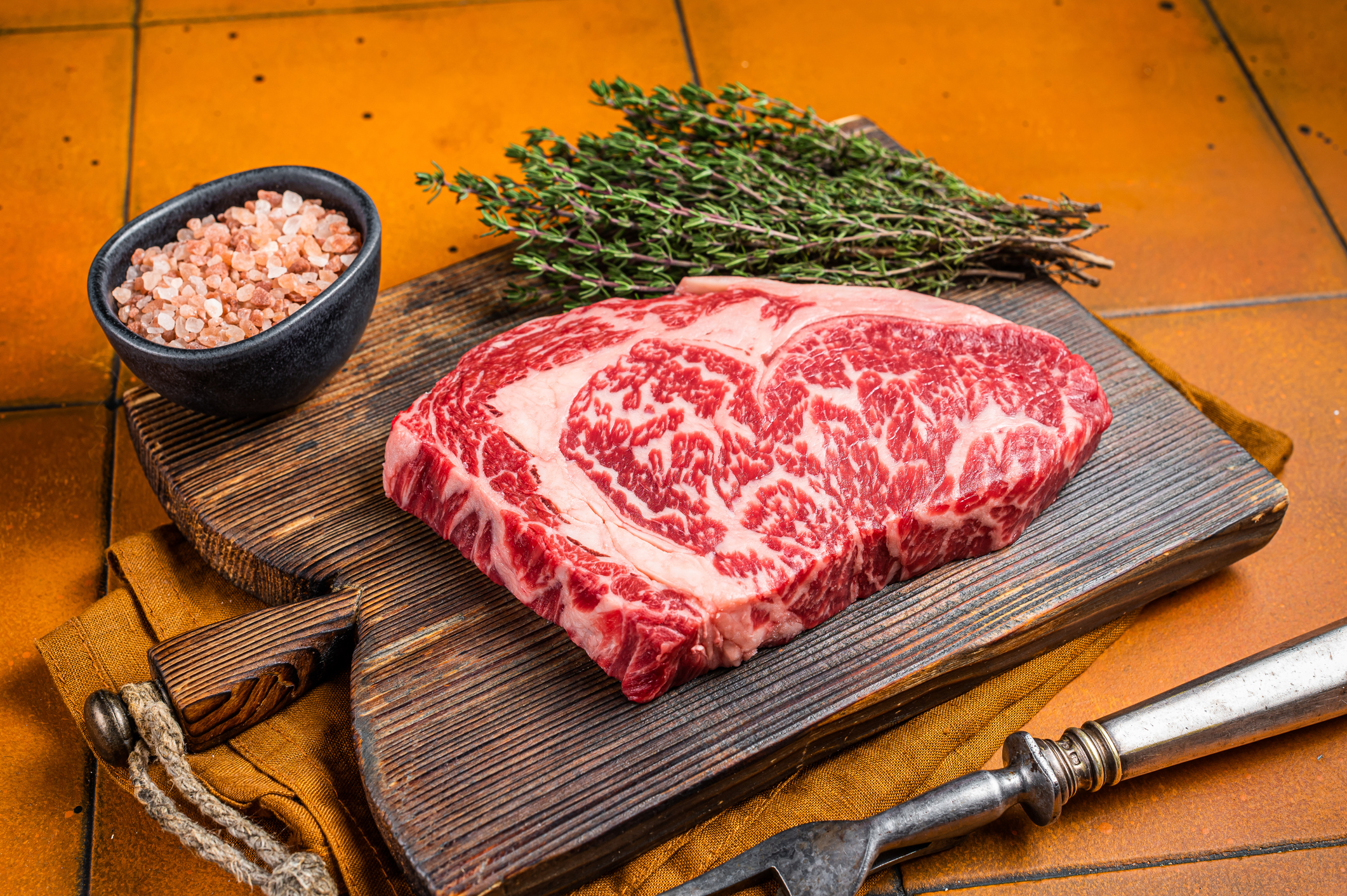
In Japan, where the majority of authentic Wagyu cattle are bred, land is at a premium. This limited space drives up the costs of farming significantly.
This is especially important because Wagyu cattle need more space and longer feeding periods to develop their signature marbling, compared to conventional beef cattle.
Wagy cattle also require low-stress environments and specific feeding regimens, which means they need more space and specialized grazing pastures. And that costs money!
Cultural Practices
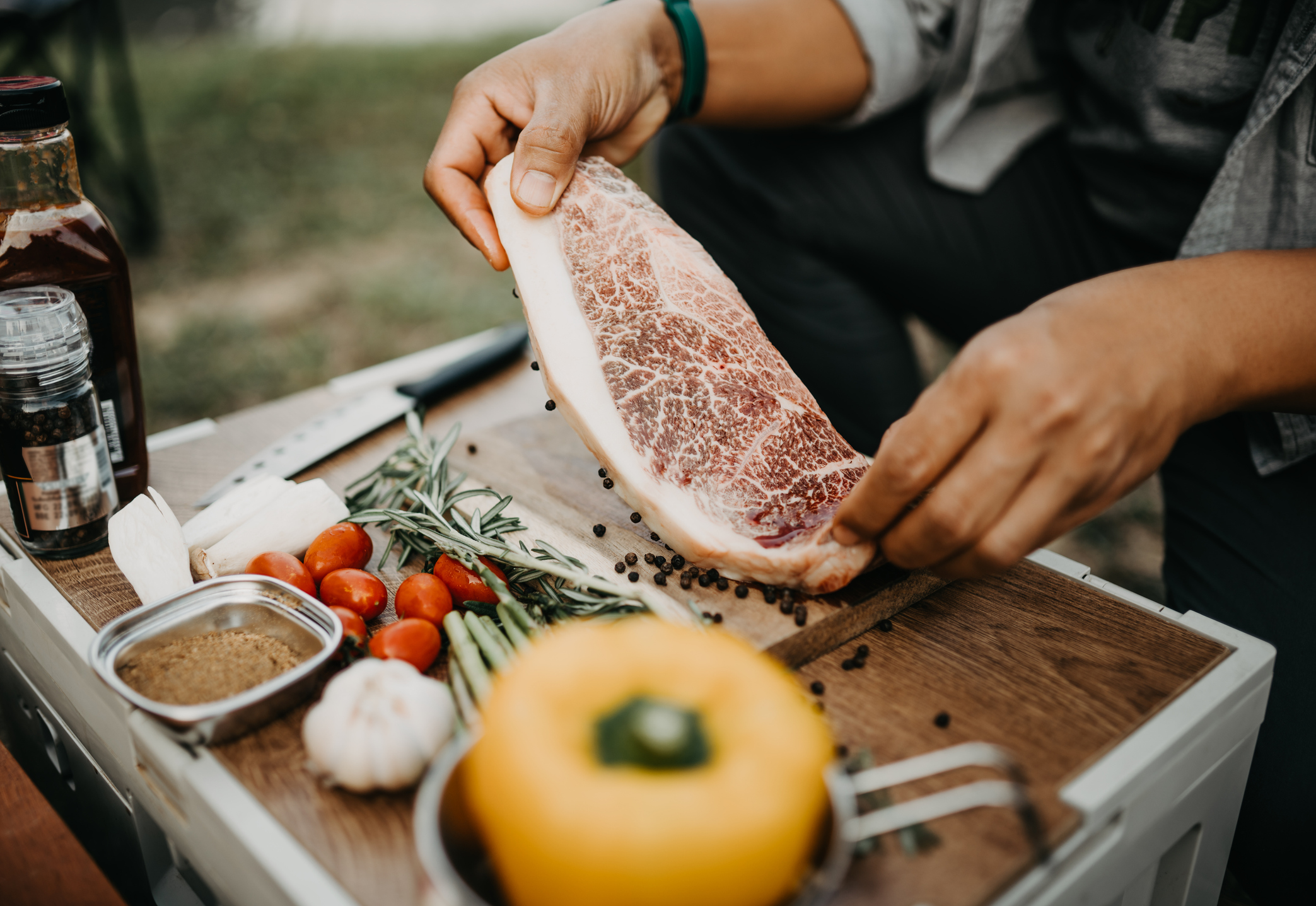
In Japan, raising Waggyu is an art form that’s deeply rooted in culture and centuries of tradition. It’s not just about raising as much beef cattle as possible.
Cultural practices for Wagyu beef include attention to detail with the cattle’s diet and its daily routines. It also means improving the cattle’s comfort levels wherever they can.
Some Wagyu farmers are known to massage their cattle or even play them soothing music to reduce their stress levels! All of this care and attention costs money.
Export Costs
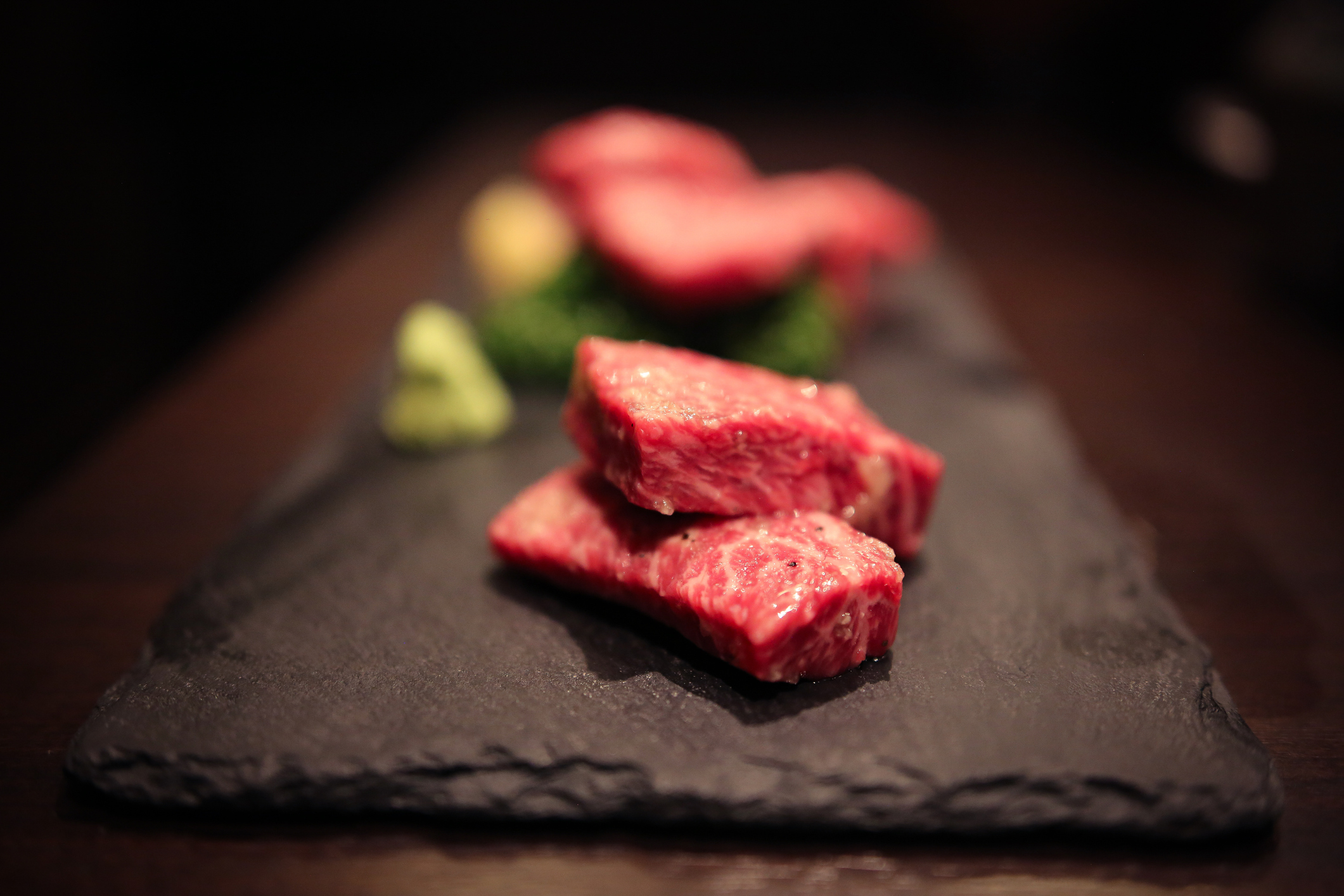
Transporting beef from Japan to countries around the world without ruining the quality of the meat is no small task. It requires a costly logistical process.
Exporting Wagyu beef includes transportation that has to be done under specific conditions to make sure the meat stays fresh and maintains its quality.
It also involves extensive paperwork, customs duties, and health inspections, which can be different based on the country importing the meat. And that’s not cheap!
Quality Control
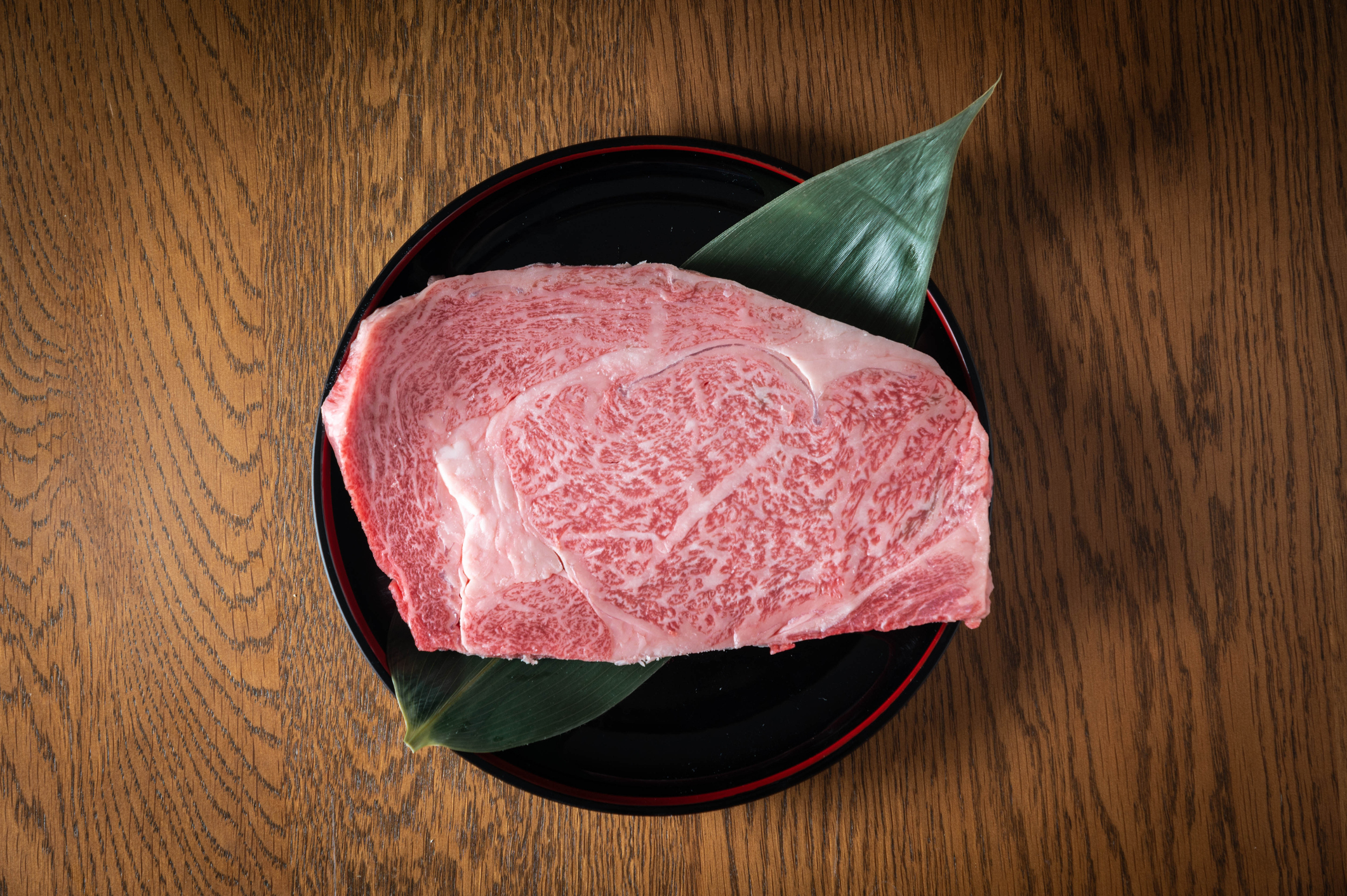
Wagyu isn’t your run-of-the-mill beef. It’s a high-maintenance, premium product, and every step of its journey from pasture to plate is closely monitored with meticulous quality control.
In Japan, Wagyu beef undergoes rigorous quality assessments that scrutinize everything from the cattle’s genetics and diet to their living conditions and the final meat quality.
This level of detail ensures top-notch quality. It also means more time, more people, and more money involved in getting that perfect cut of Wagyu to your plate.
Aging Process
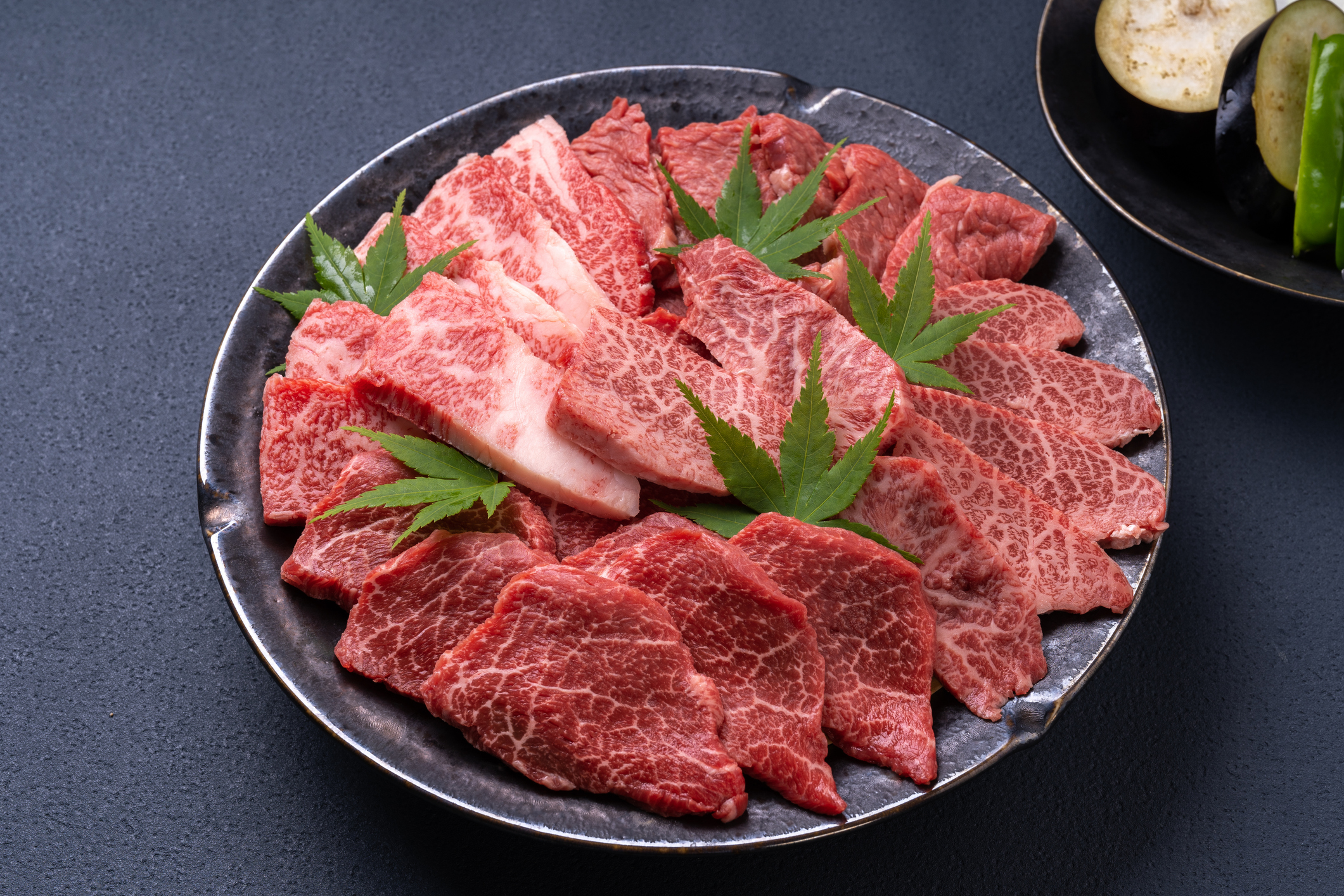
Wagyu beef is often dry-aged, which is amazing for enhancing the flavor and tenderness of the meat. And yes, it bumps up the price too!
Dry aging beef involves storing it at near-freezing temperatures for several weeks, or sometimes even longer. This gives natural enzymes time to work their magic.
Why does this hike up the price? Well, dry aging requires precise temperature, humidity, and air circulation control, which means specialized equipment and space.
Certification Costs
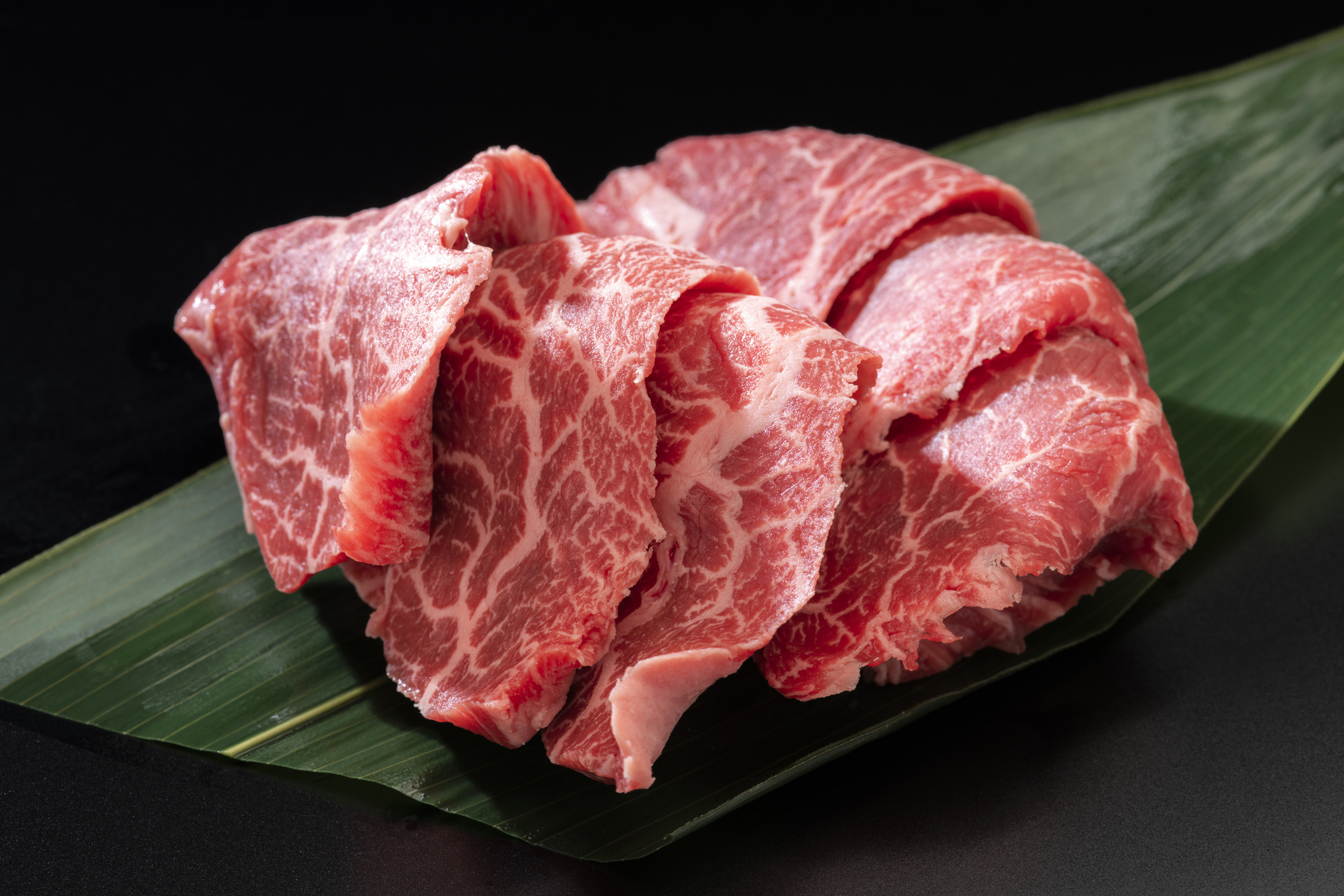
Certification costs are a big deal when it comes to Wagyu beef. They definitely play a part in its high sticker price compared to other types.
To bear the prestigious Wagyu label, beef must meet strict criteria. These requirements cover everything from the cattle’s lineage to their diet and management.
Getting this certification isn’t just a matter of filling out some paperwork. It involves rigorous inspections and genetic testing to confirm the cattle are true to their breed.
Market Positioning
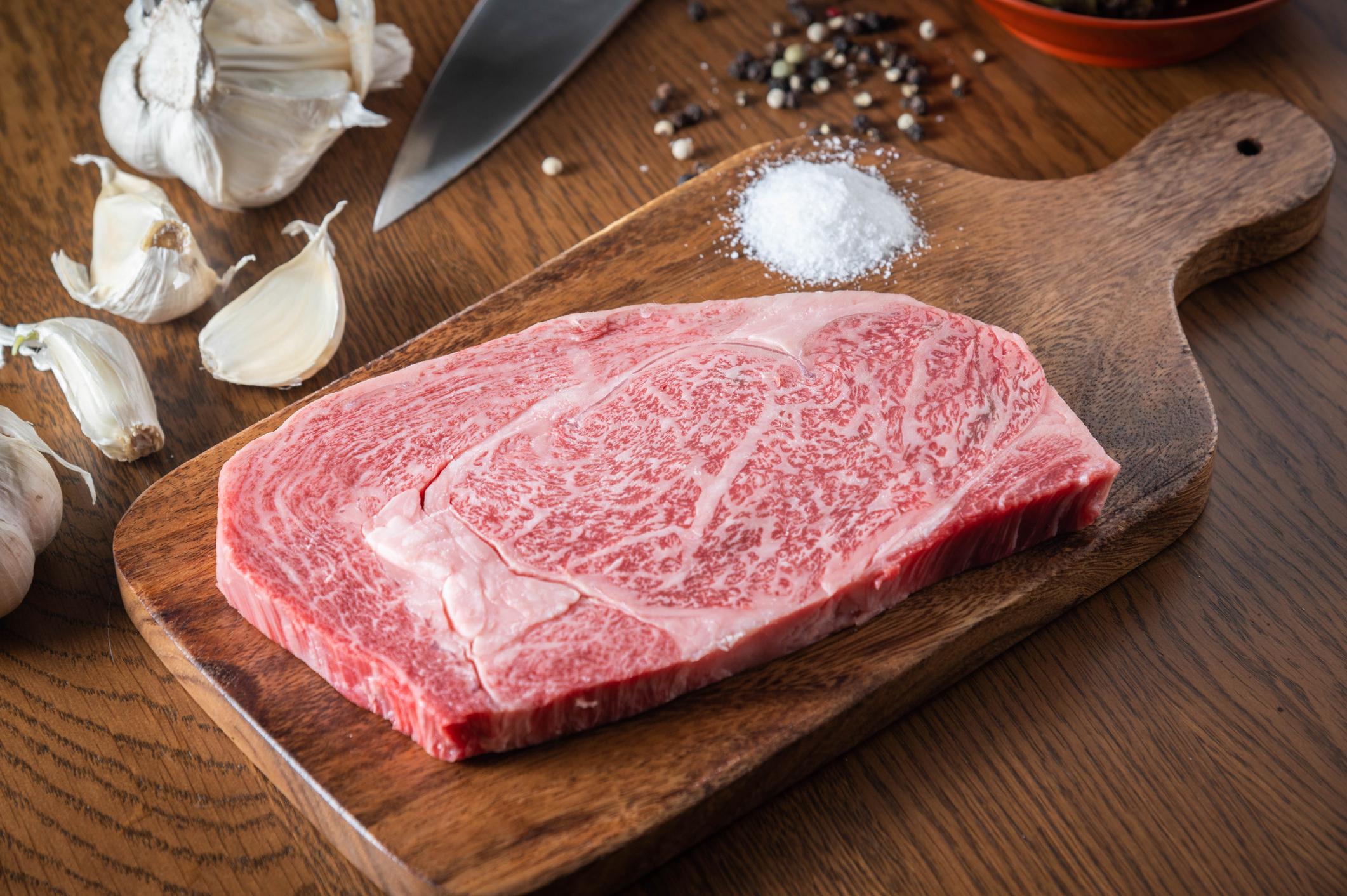
Market positioning is a key slice of the Wagyu beef pricing pie. After all, Wagyu isn’t just sold as food. It’s marketed as a luxury experience.
Wagyu is like the food world’s finest champagne or designer fashion. And that market positioning effectively taps into foodies’ desire for premium, high-end flavor experiences.
Wagyu is also often presented in exclusive settings like upscale restaurants. This reinforces its status as a premium product and makes us want it even more.
Butchering Techniques
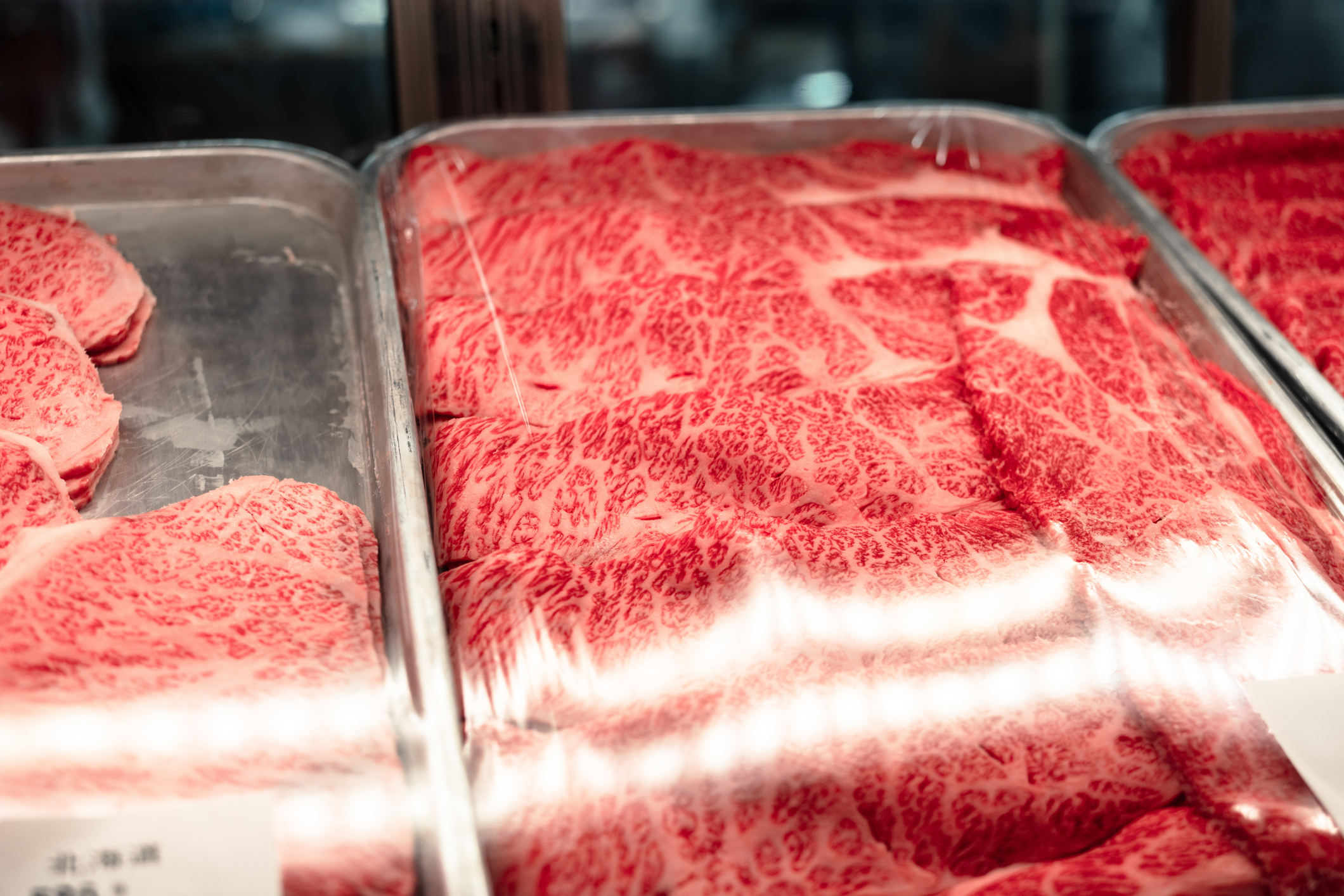
The butchering techniques used for Wagyu beef are another layer in its luxurious pricing structure. Unlike standard butchering practices, Wagyu requires artisanal methods.
This includes precise trimming and portioning, which can affect how the meat cooks and tastes. The artisanal approach to butchering Wagyu is about preserving integrity and quality.
These techniques are meticulous and time-consuming. They’re often performed by highly skilled butchers who understand how to best showcase the delicate marbling and texture of the meat.
Technology and Facilities
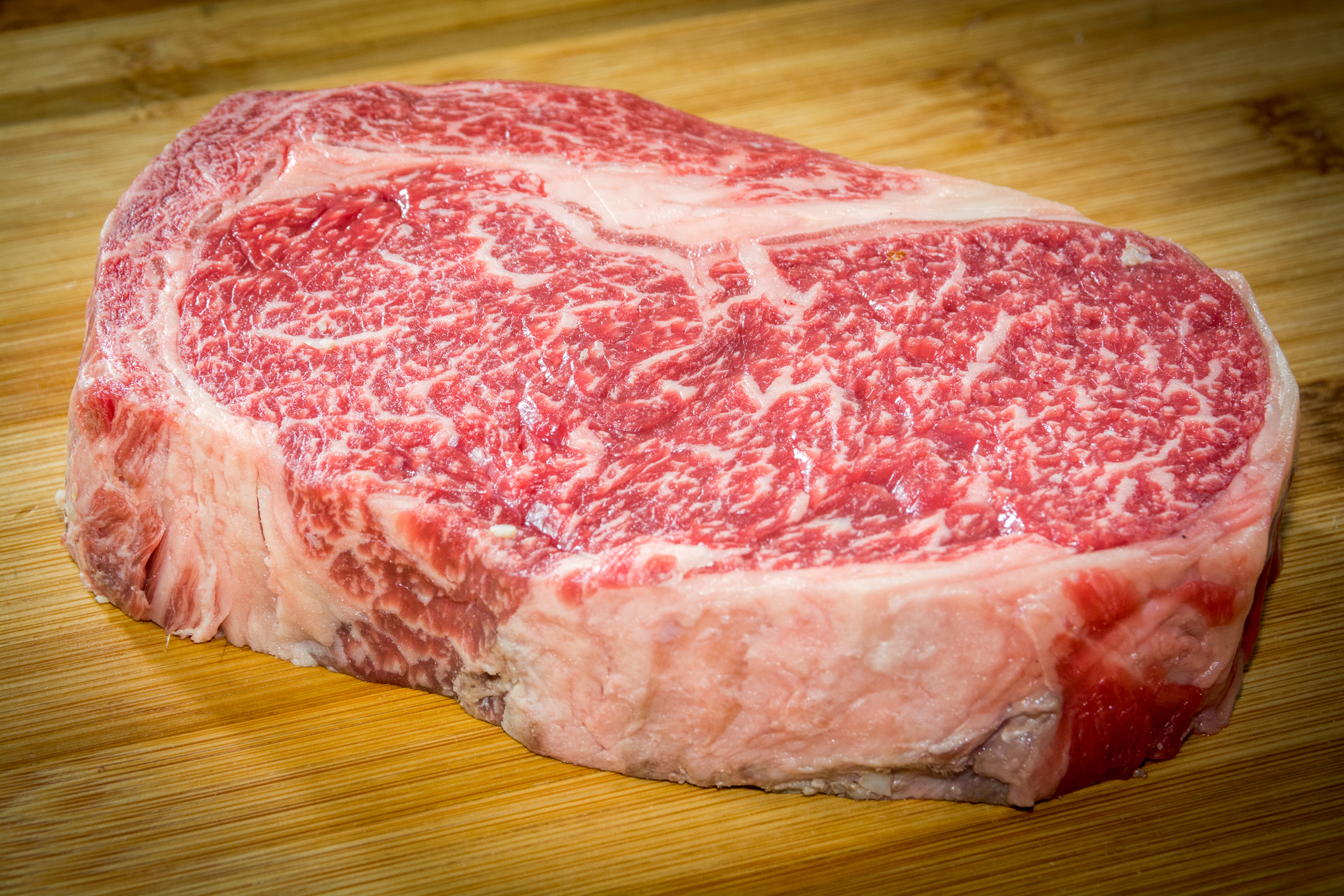
Raising Wagyu cattle today involves advanced technology and facilities for maintaining and monitoring the quality of the beef. This includes a variety of different tech.
Many Wagyu farms use climate-controlled barns that keep the temperature just right for the cattle. They also implement automated feeding systems for precise measurements.
Farmers also use advanced tech to track the health and movement of each cow. They can monitor details as fine as the cattle’s chewing patterns and stomach health!
Water Usage
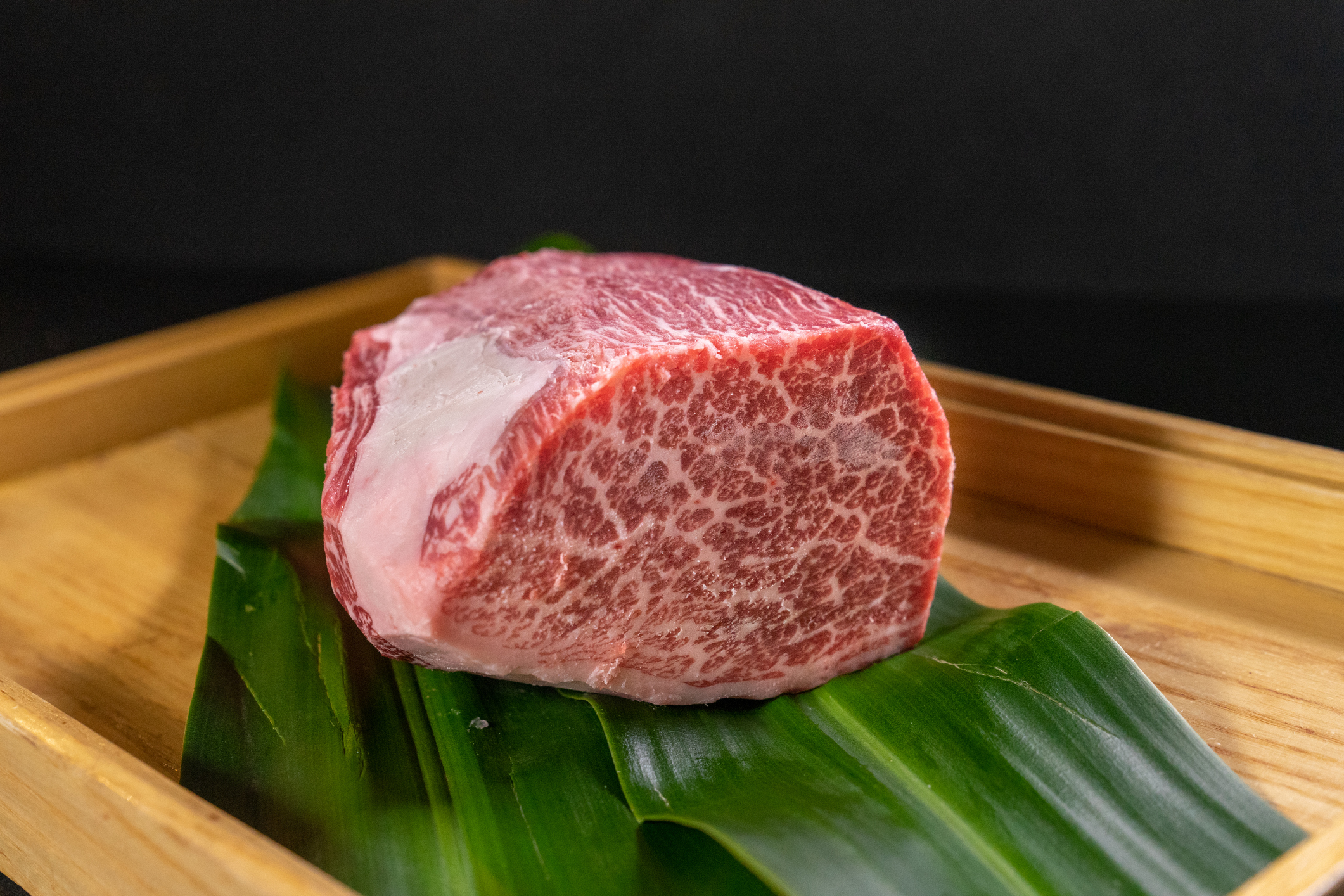
Something that’s often overlooked when we think about the price of any meat product is the cost of water. It’s not free, and cows use a lot of it!
Wagyu cattle require substantial amounts of water, not only for drinking but also in the production of their feed, which includes high-quality grains and forages.
The water used in raising Wagyu cattle also has to be clean and hygienic to ensure the health of these prized cattle. That means even higher water usage.

